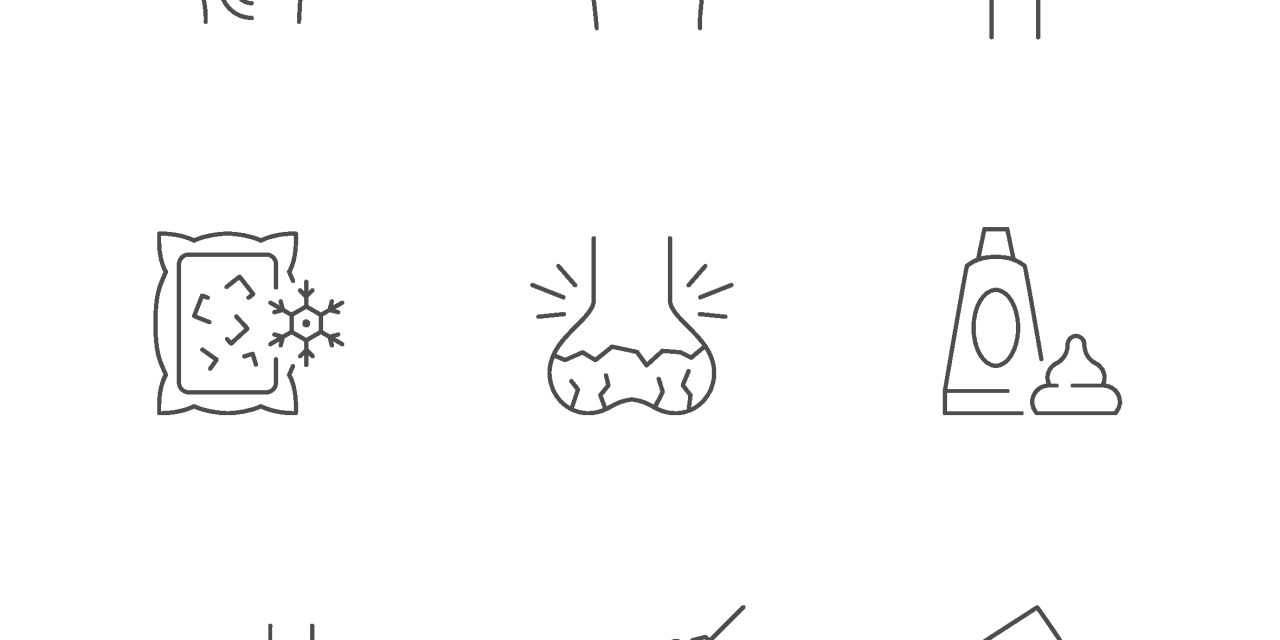Classification criteria are biased towards classifying long-standing disease. We compared the European League Against Rheumatism (EULAR)/American College of Rheumatology (ACR)-2019, Systemic Lupus International Collaborating Clinics (SLICC)-2012 and ACR-1997 criteria in an early (median 48 months) systemic lupus erythematosus (SLE) cohort.
Patients diagnosed with SLE (n=690) or control diseases (n=401). Sensitivity, specificity of the criteria and time-to-classification were calculated. Modified classification algorithms were derived from a random 80% and validated in the remaining 20% of the dataset running multiple iterations.
At last assessment, sensitivities of ACR-1997, SLICC-2012 and EULAR/ACR-2019 criteria were 85.7%, 91.3% and 88.6%, with specificities 93.0%, 93.8% and 97.3%, respectively. Both SLICC and EULAR/ACR enabled earlier classification. Only 76.7% of patients with SLE met all three criteria suggesting non-overlapping groups. Notably, unclassified patients had high prevalence of British Isles Lupus Assessment Group moderate/severe manifestations (43.3%-60%) and SLICC/ACR organ damage (30%-50%). At diagnosis, criteria missed 25.6%-30.5% of patients. Modification of EULAR/ACR and SLICC algorithms to include hypocomplementaemia and/or positive anti-phospholipid antibodies as alternative entry criterion, and/or allow classification with fewer clinical criteria from multiple organs, increased their sensitivity at diagnosis (median 82.0% and 86.2%) and overall (93.7% and 97.1%) with modest decreases in specificity. Importantly, patients who were still missed by the modified criteria had lower incidence of major organ involvement, use of immunosuppressive/biological therapies and organ damage.
The SLICC and EULAR/ACR are more sensitive than the ACR and the EULAR/ACR criteria have superior specificity in early SLE, although patients with significant disease can be missed. Combination and/or modification of the classification algorithms may enhance their sensitivity, allowing earlier classification and treatment of more patients with high disease burden.
© Author(s) (or their employer(s)) 2020. No commercial re-use. See rights and permissions. Published by BMJ.
In an early SLE cohort the ACR-1997, SLICC-2012 and EULAR/ACR-2019 criteria classify non-overlapping groups of patients: use of all three criteria ensures optimal capture for clinical studies while their modification earlier classification and treatment.


